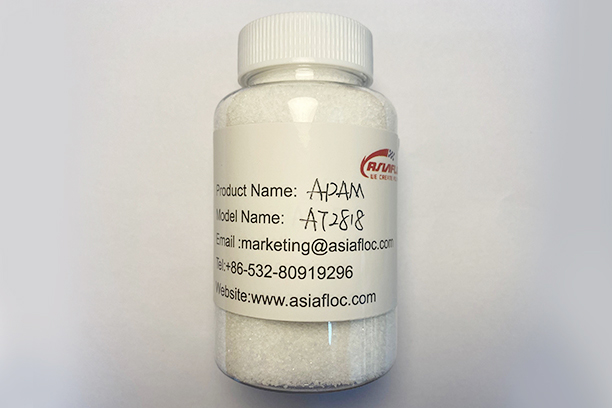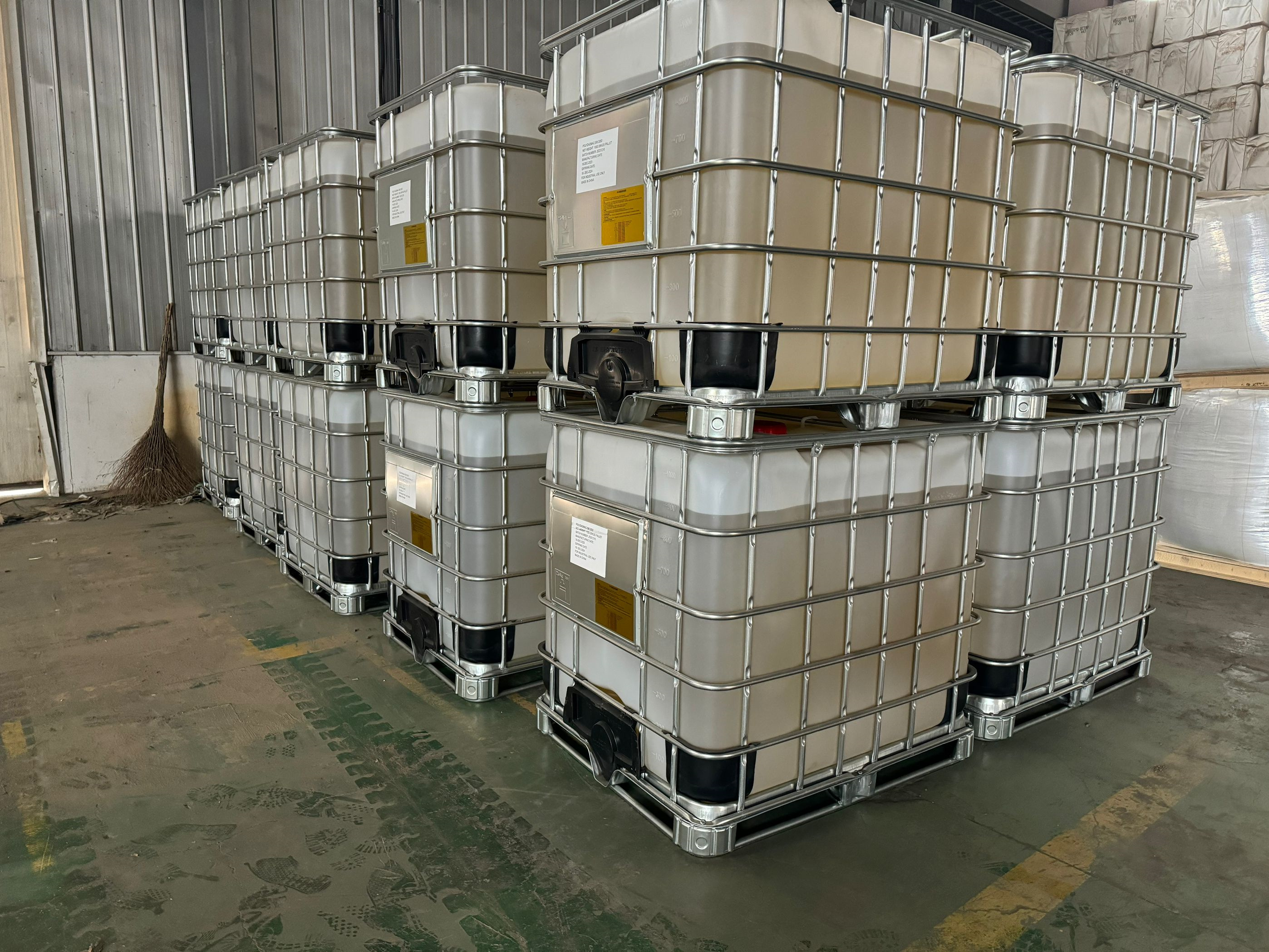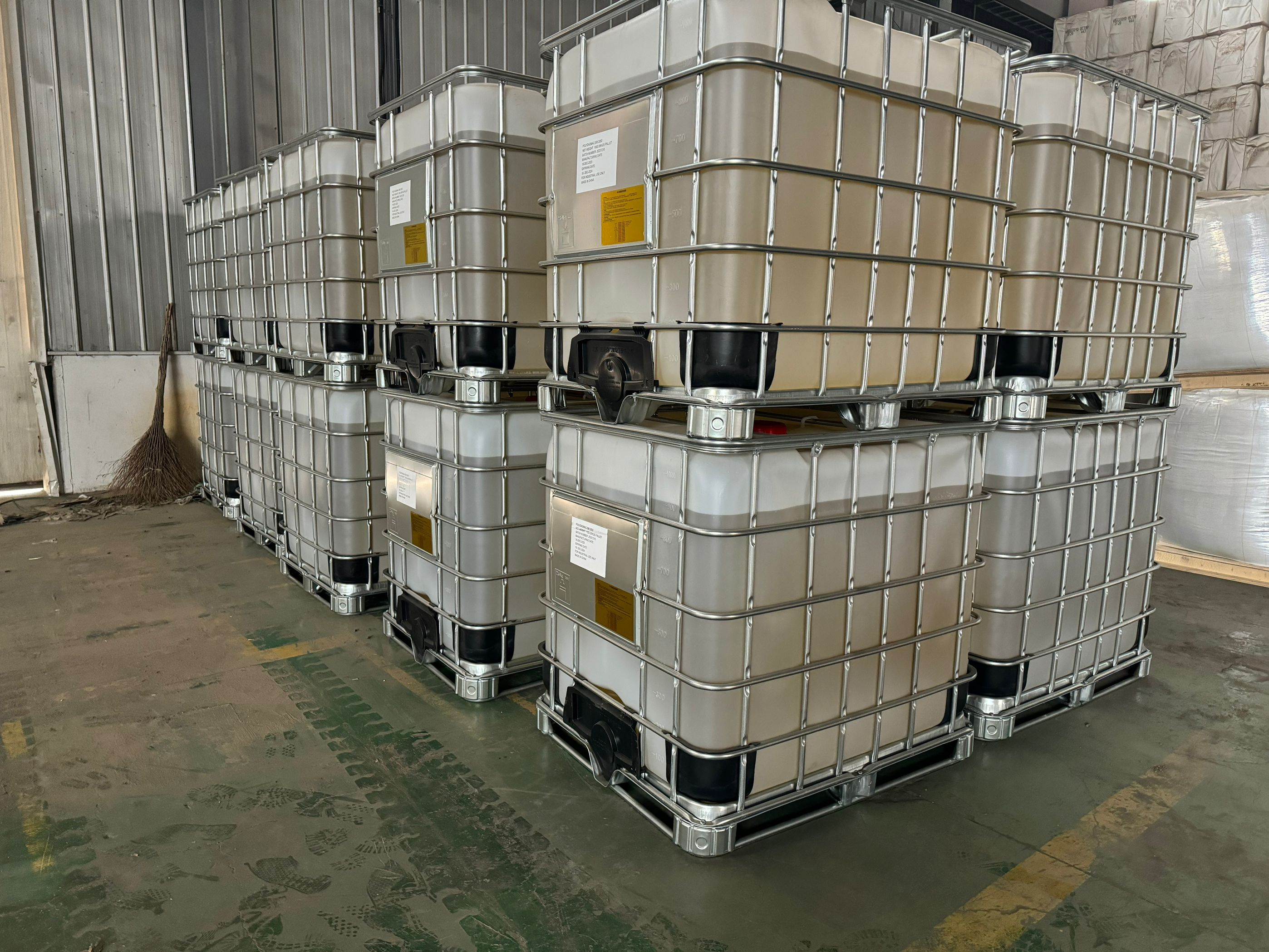Cationic polyacrylamide usually has a lower molecular weight than anionic or non-ionic polymers and its clarification performance is mainly obtained through charge neutralization. The function of this kind of flocculant is mainly flocculating colloid with negative charge, with turbidity removal, decolorization and other functions, suitable for high content of organic colloid wastewater, such as dyeing, paper making, pulp, food, aquatic products processing and fermentation of industrial wastewater, as well as sludge dewatering in urban sewage treatment process. Municipal and industrial sewage is commonly used in activated sludge treatment, biochemical sludge is often hydrophilic colloid, water is very difficult to remove, if the use of cationic PAM flocculant, can receive good dehydration effect.
Anionic polyacrylamide (SENFLOC 2550) can be replaced by Asiafloca 2015
Color
- white powder
Application
- water treatment
Certificate
- iso9001
Place of Origin
- china
Other Names
- flocculant
CAS No
- 9003-05-8
Anionic polyacrylamide (SENFLOC 2550) can be replaced by Asiafloca 2015
Cationic polyacrylamide usually has a lower molecular weight than anionic or non-ionic polymers and its clarification performance is mainly obtained through charge neutralization. The function of this kind of flocculant is mainly flocculating colloid with negative charge, with turbidity removal, decolorization and other functions, suitable for high content of organic colloid wastewater, such as dyeing, paper making, pulp, food, aquatic products processing and fermentation of industrial wastewater, as well as sludge dewatering in urban sewage treatment process. Municipal and industrial sewage is commonly used in activated sludge treatment, biochemical sludge is often hydrophilic colloid, water is very difficult to remove, if the use of cationic PAM flocculant, can receive good dehydration effect.
Anionic polyacrylamide flocculant suitable for ion surface is positively charged colloid, and cationic PAM compared kinds of flocculant, class PAM anionic flocculant, high relative molecular weight and, due to the ionic groups in the same molecules repel each other, between a larger molecules stretch in the water, therefore it has excellent ion floc properties. They can be used effectively for settling separation of mineral suspensions. This is applicable when the water being treated is a suspension with a neutral to alkaline pH. For example, in magnesium oxide smelting, zinc smelting, phosphoric acid and other production processes, can be used as a settlement promoter. In water treatment, in addition to can be used for blast furnace ironmaking, aluminum processing, paper making, river sand and gravel washing wastewater treatment, but also used in urban sewage and treatment.
Due to the absence of ionic functional groups, the non-ionic PAM flocculant has the following characteristics compared with anionic PAM flocculant: flocculation performance is less affected by the pH value of wastewater and salt fluctuation; Under neutral or alkaline conditions, its flocculation effect (sedimentation rate) is not as good as that of anionic PAM, but it is better than that of anionic PAM under acidic conditions. The floc strength is stronger than that of anionic polymer flocculant.
Polyacrylamide flocculant can adapt to a variety of flocculating objects, has special value in some cases, the application effect is related to the selection, dosage and flocculation process. For example, in the flocculation and clarification of dust collected sewage from a steel mill, the anionic PAM of 20%~30~ was originally used, and the single consumption was as high as 2.5g/m³ sewage, while the overflow turbidity (overflow refers to the phenomenon of solid surface adsorption (ions or free radicals) migrating to the secondary active center. More than 300 million. Using PAM with high anionic degree, the single consumption is only 0.2g/m³, and the overflow turbidity is less than 50 million. Generally, the higher the molecular weight of PAM, the lower the unit consumption. Such as an acid leaching uranium ore pulp, with relative molecular weight of 11 million PAM, single consumption of 30g/t ore, settlement rate is 1.5mm/s, if the relative molecular weight of 3 million PAM with the same type, to achieve the same settlement rate, single consumption of 80g/t ore.
Polyacrylamide can be used to treat power plant water. In the treatment of power plant water, the raw water (such as river water) should be clarified first. The common chemical method is to combine PAM with inorganic flocculants such as lime, aluminum sulfate and polyaluminum. Because, if the inorganic coagulant is used alone, it needs high concentration to be effective. After combining with PAM, the dosage of inorganic flocculant can be greatly reduced. In this way, inorganic coagulant is easy to deposit on the heat transfer surface of cooling tower due to its large amount, which accelerates the corrosion and scaling of equipment. For example, water clarification is greatly improved when lime, ferric chloride and PAM are used together.






